Pianos are seriously heavy. If you’ve ever tried moving one, you know just how surprising their weight can be. There’s a good reason why piano moving is an actual profession—it takes both muscle and technique to do it right. Definitely not a DIY task for most people.
Now, digital pianos are lighter, but let’s not kid ourselves—they’re still pretty heavy. So how heavy, exactly? That’s a great question, especially if you’re thinking about buying one and wondering whether you can carry it home or up a flight of stairs by yourself.
Let’s break it down.
The weight of a digital piano really depends on the type you choose. A compact stage piano built for travel might weigh as little as 10 kg (about 22 lbs). But if you’re going for a full-size digital piano with 88 weighted keys, built-in speakers, and a solid wood cabinet, you’re looking at something closer to 50 kg (about 110 lbs)—and possibly more.
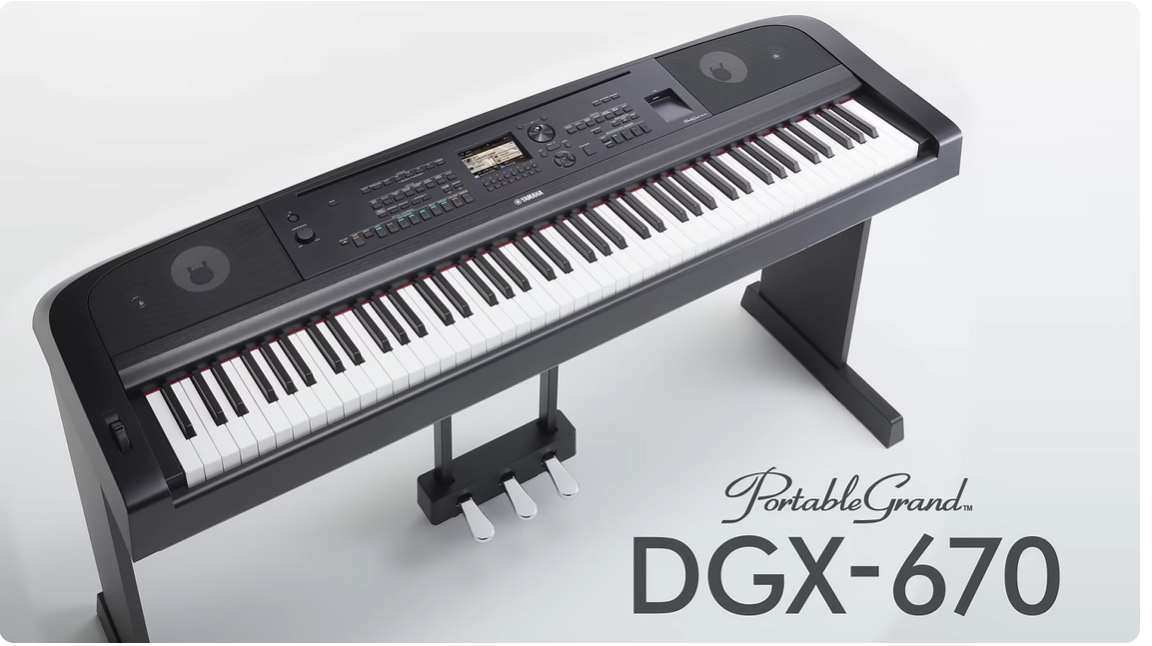
If you’re planning a move or just need to transport your digital piano safely, don’t worry—I’ve got you covered. Check out my step-by-step guide on how to move a digital piano without breaking a sweat (or breaking your back).
Table of Contents
ToggleWhy Are Acoustic Pianos So Heavy?
At first glance, a piano might just look like a big wooden box—sleek, polished, and painted in black or any color you like. But once you take a peek inside—maybe while a tuner is working—you’ll quickly see there’s a lot more going on beneath the surface.
The main reason pianos are so heavy comes down to what’s inside. Two components in particular account for most of the weight: the soundboard and the frame.
Let’s start with the soundboard. This is a large, solid piece of wood—usually made from spruce or birch. It’s crafted by gluing together smaller strips of wood, forming a single, resonant panel. Its job is to amplify the vibrations created when the hammers strike the strings. Because it’s made of dense, solid wood, the soundboard adds a substantial amount of weight to the instrument.
Next is the frame, which is arguably the heaviest part of a piano. The frame is the backbone of the entire structure, designed to withstand the immense tension from all the strings—together, they can exert several hundreds to thousands of pounds of pressure. To handle this load, modern pianos use cast iron frames. While incredibly strong, cast iron is also extremely heavy.
In fact, early pianos used to have wooden frames, but as pianos evolved to include more notes and strings, those wooden frames began to collapse under the strain. Cast iron solved that problem—but it definitely added to the weight.
Other smaller parts also add up. The hammers, key action mechanisms, and the thick hardwood outer cabinet all play a significant role. When you put it all together, a traditional acoustic piano is basically a box filled with heavy wood and metal components.
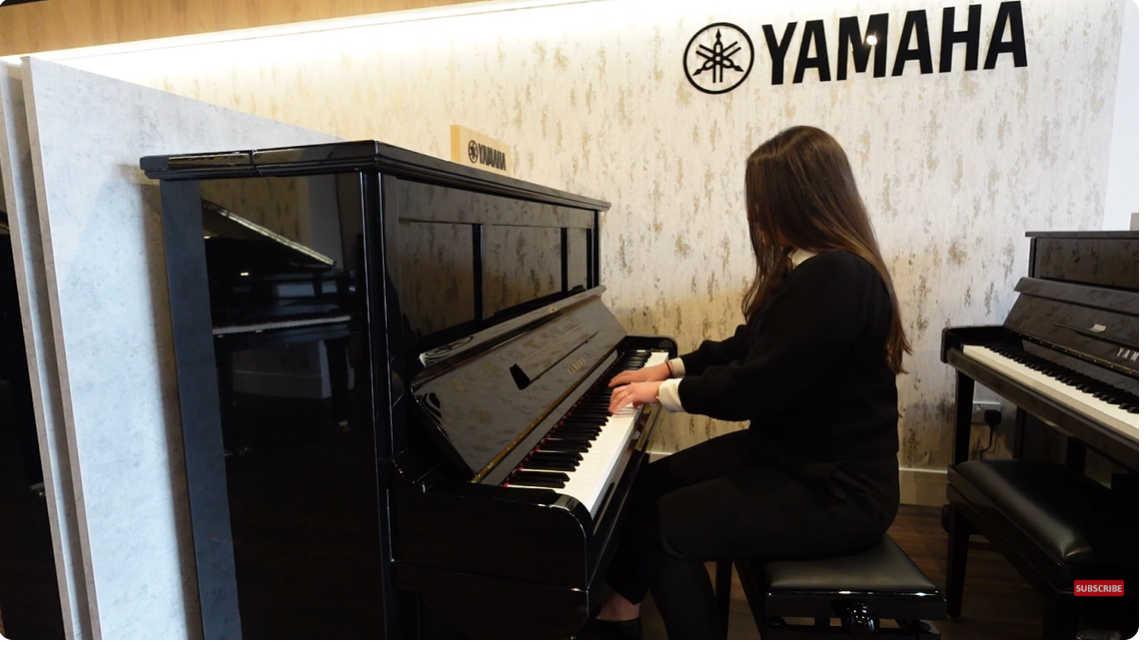
That’s why even a small upright piano can weigh over 100 kg (220 lbs), and a large grand piano can easily exceed 300 kg (660 lbs).
So, while it may look like just a big elegant box, a piano’s weight hides the power, precision, and complexity packed inside.
Why Are Digital Pianos So Much Lighter Than Acoustic Ones?
Now that we’ve taken a quick look at how acoustic pianos are built, let’s talk about why digital pianos are much lighter. The simple answer? Digital pianos are designed with far fewer moving parts.
Unlike traditional pianos, a digital piano doesn’t need a full wooden soundboard, heavy metal strings, or complex internal mechanisms. Instead, it usually includes just a case, a keyboard action, a computer chip, and built-in speakers. That’s really all there is.
In most cases, the casing is the heaviest part—but even that is made from lightweight materials like MDF or chipboard, not solid wood like you’d find in an acoustic piano. This keeps the overall weight down but does make digital pianos less durable in the long run (though that’s a topic for another time).
Some models go even further by including plastic parts in the casing, which helps reduce weight even more. But this lighter build does have a few trade-offs. For example, the key action can sometimes be noisier, especially when you’re using headphones and the built-in speakers are off.
If that’s something you’re dealing with, be sure to check out my tips on reducing digital piano key noise.
How Much Does a Digital Piano Weigh?
You might have a rough idea already, but let’s take a more practical and realistic look at digital piano weights. I’ve chosen three of the most popular digital piano styles available as of March 2025 and listed their typical weights below. If you’re shopping for a digital piano, just find the one that matches the style you’re considering, and you’ll have a solid idea of what kind of weight you’re dealing with.
Stage Piano (e.g. Yamaha P-45, Casio PX-160)
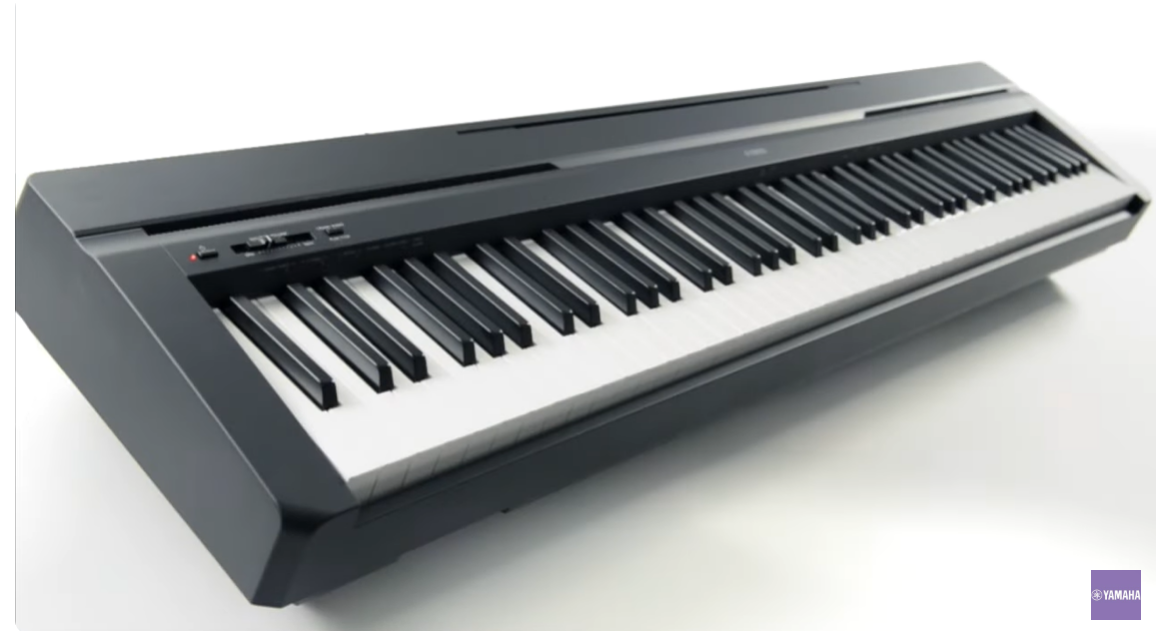
Stage pianos are built with portability in mind. Whether you’re taking it to music lessons, gigs, or practice sessions, these models are made to be as lightweight and travel-friendly as possible. This makes them one of the lightest types of digital pianos out there—typically weighing in at around 10.5 kg (23.5 lbs).
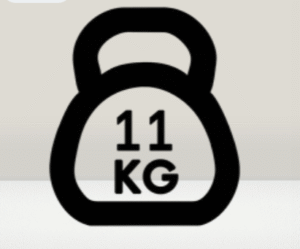
If you’re curious about this type of piano, you can check out my full reviews of the Yamaha P-45 or the Casio PX-160 for more detailed insights.
Console Pianos (e.g., Korg LP380, Yamaha Arius YDP-144)
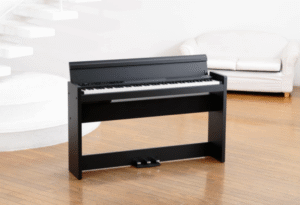
Console pianos are among the most popular digital pianos designed to replace traditional upright pianos for home practice. They are not meant to be portable for gigs or performances. Because these models feature built-in, heavy-duty speakers and a wooden or MDF console, they tend to be heavier than stage pianos. On average, they weigh around 47 kg.
If you’re interested in this type of piano, you can check out my detailed review of the Korg LP380.

